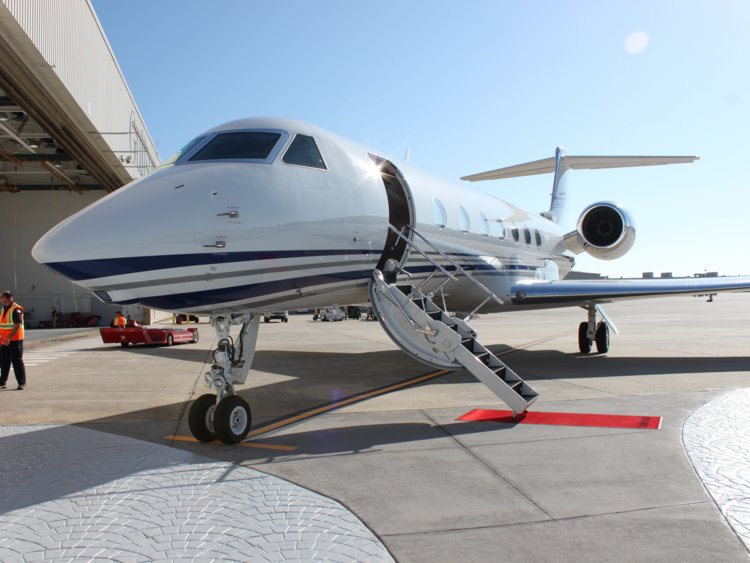Choosing an aircraft from a financier’s perspective
In previous articles as part of our Aviation Insight series, we’ve explored the major benefits of availing yourself of aircraft finance: it preserves your cash flow, allowing you to redeploy capital away from a depreciating asset back into your business, or into investments that earn a return.
We’ve also looked at the financier’s motivations to extend finance: they need to demonstrate that they can generate an acceptable risk/return balance on the funds they commit against aircraft, in order to protect and enhance their license to operate.
With this in mind, we’ll now look at points to consider when choosing an aircraft from a finance-ability point of view. The more strongly these points inform your choice, the more likely it is that you’ll be in a position to secure the benefits of aviation finance without too many of the hurdles.
1. Aircraft suitability – financiers like to work withclients that can demonstrate experience and familiarity with the cost of owning or operating an aircraft. Ideal clients will evidence that they either have, or have solicited, the expertise to select an aircraft with a capability that fits their usage needs. The client will have budgeted realistic fixed and variable costs covering insurance, crew, scheduled and unscheduled maintenance, fuel, handling, etc; and can demonstrate the financial wherewithal to comfortably cover those costs.
2. Aircraft age– the overwhelming rule of thumb is that the younger the aircraft, the more readily financeable. There’s absolutely nothing wrong with well-maintained older aircraft, and there is a pool of financiers willing to lend against them for the right client; but generally speaking, younger aircraft in the 0-7 year old range are the easiest to finance competitively.
3. Aircraft value – larger deals are generally more attractive. As with older aircraft, there is always finance available for smaller lends (below $5 million) for the right client, but there is a smaller pool to choose from, especially if other aspects of the deal are not straightforward.
4. Aircraft market position – it’s easier to find finance for “liquid” aircraft: types that have a large customer base, are in well-established production and conform to “standard” in terms of capability, configuration and appearance. Financiers are generally more willing to lend money against an asset that they believe would be relatively easy to remarket if they had to.
5. Aircraft maintenance programmes– practically every financier will require that at the very least, the engines be fully enrolled on an hourly maintenance support programme, offered by the manufacturer or by a reputable third-party such as JSSI.
6. Aircraft operator– the financier will generally want to be satisfied that the operator is competent, properly certified, reputable and fully independent of the client. You can generally expect a tripartite agreement will be required between the financier, the operator and the client. The purpose of this agreement is to enable the financier, in the event of a default, to have the operator secure the aircraft.
7. Aircraft due diligence– the financier will want to satisfy themselves that the aircraft condition is fully explored. For pre-owned aircraft this generally means an in-depth inspection that looks for things like records entries that are missing or not in English, damage history, corrosion, accidents & incidents, etc – the exact same issues that your technical expert should be alerting to you as a prospective buyer.
8. Aircraft regulatory compliance– your technical expert should advise on what is required for your usage in terms of, for example, avionics capability e.g. ADS-B, FANS-1/1A compliance (if you don’t understand that jargon, make sure you have a technical expert who does!). Bear in mind that a financier will generally want to see that it is compliant on a global (or at least a US or European) basis, and this includes looking ahead for scheduled upgrades or expected developments over the term of the financing.
What it boils down to is this: when evaluating an aircraft finance opportunity, lenders need to do their homework when it comes to the aircraft, and a key part of that is ensuring that you’ve done your homework too. Your interests, and the financier’s, are aligned: you both want comfort that the aircraft you’ve chosen is as it should be.



